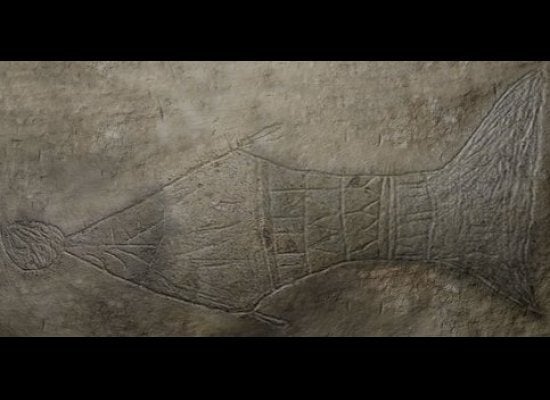A new exhibition, "Masters of Fire: Copper Age Art from Israel," explores the first groups of people whom archeologists know created a social hierarchy. NYU's Institute for the Study of the Ancient World (ISAW) is showing incredible artifacts that shed light on the early formation of class structures in ancient Israel.
Dr. Daniel M. Master, of Wheaton College, co-curator of "Masters of Fire," explained to The Huffington Post why this exhibition about the "original one percent" is so important:
Between six and seven thousand years ago, the discovery of metallurgy changed society, creating for the first time a gap between rich and poor. Humans had already domesticated animals and transformed clay into pottery. But copper-making was different, requiring travel to distant outcrops, the collection of heavy loads of ore-bearing rocks and the fueling of hot fires to melt rocks again and again. A single axe could require more than 150 hours of labor.
Nor was such a labor-intensive tool shared equally, because the leap forward into the Copper Age was co-opted by an elite in the region of modern-day Israel, who used the new technology to make the first crowns and scepters.
A new exhibition at the Institute for the Study of the Ancient World (ISAW), explores the possibilities and questions raised by this original one percent and their treasures. What’s more, New Yorkers have extra reason to be grateful for Masters of Fire: Copper Age Art from Israel: the Israel Antiquities Authority and the Israel Museum, Jerusalem, have granted an unprecedented number of loans representing the fullest array of Copper Age material to ever leave Israel.
And what artistic marvels these artifacts are, many molded by lost-wax casting and given a sheen by alloys such as arsenic or antimony: on view will be crowns topped by ornate figures of doorways and perched vultures, scepters topped by horned ibexes, and horn-shaped metal goblets.
Such conspicuous objects were found nowhere else in society, nor anywhere else in the Ancient Near East. They were only recovered at all because they were hidden away in desert caves when society collapsed. Masters of Fire presents objects from two of the most famous of these sites, “The Cave of the Treasure” (1961) and Peqi’in in Galilee (1995). The Peqi’in cave was only discovered when a contractor unwittingly broke through the roof of the largest and most elaborate cemetery ever discovered from this period, leading the way to votive objects and ossuaries (bone boxes) exquisitely decorated with human faces and elaborately painted designs, more intricate and diverse than any previous discoveries. We are still not certain about the exact meaning of each motif, but it is clear that craftsmen made the boxes to honor certain of the dead.
It is clear as well that in a society where everybody received a simple burial, the bones of the favored few were buried a second time in these boxes. So not only did the first elites boast copper crowns in life—their status was maintained in death.
A visitor to the Institute for the Study of the Ancient World over the next five months may well ask what allowed the very few to have treasures in life and honors in death, while the rest of society slaved away, mining, smelting, and toiling in the fields. Whether the motivation was religious, economic, or martial, what is certain is that these objects will continue to fascinate and inform.
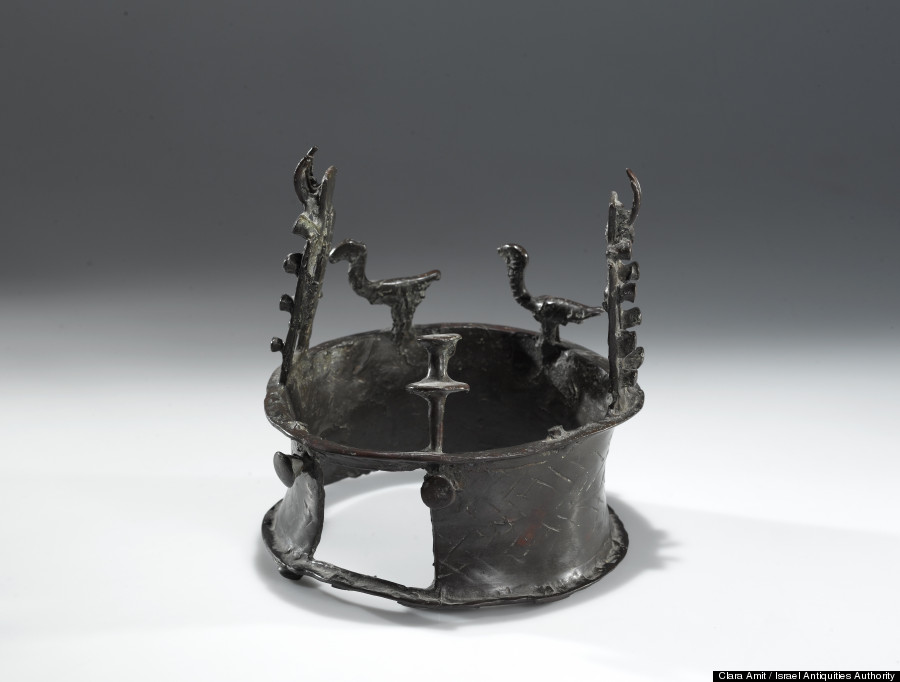
Crown with Building-Façade Decoration and Vultures
Naḥal Mishmar, 4500–3600 BCE
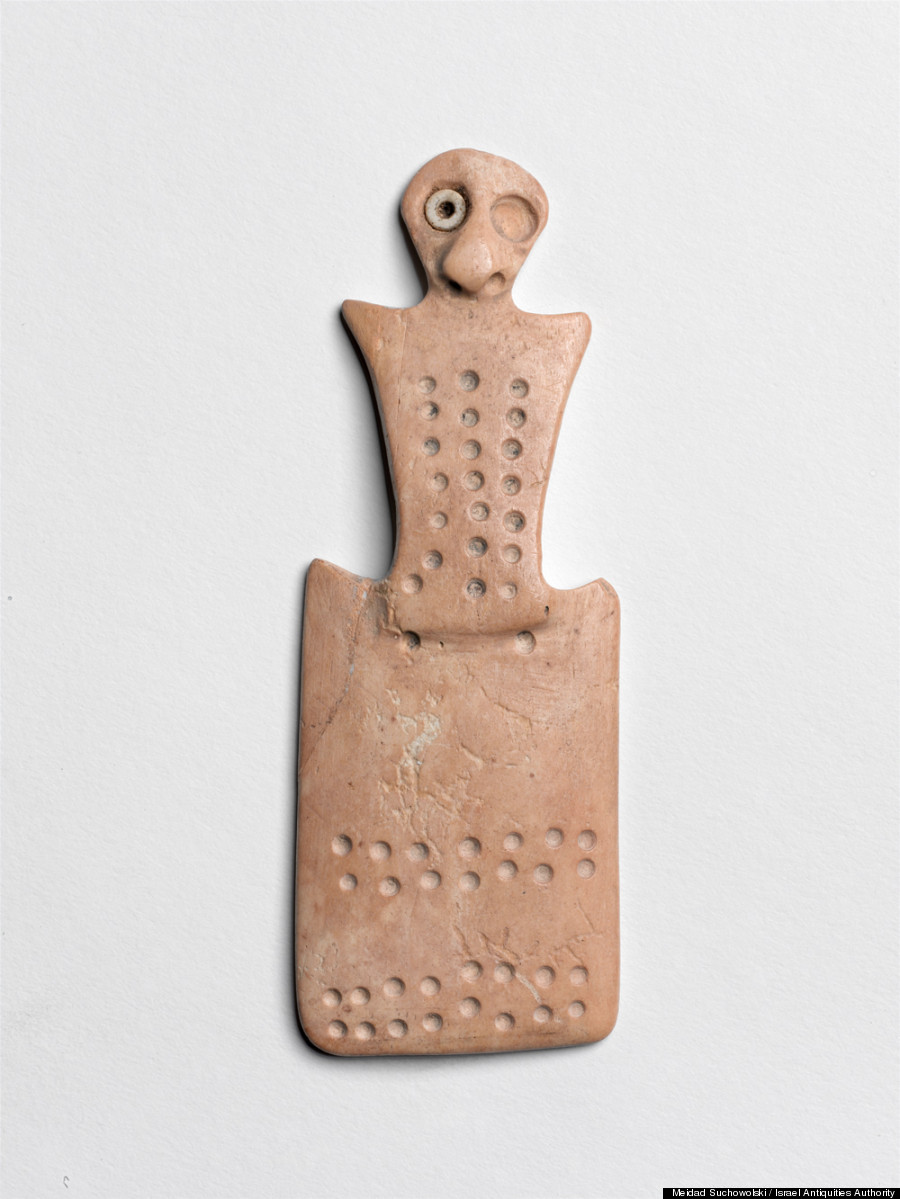
Female Figurine
Shiqmim, 4500–3600 BCE
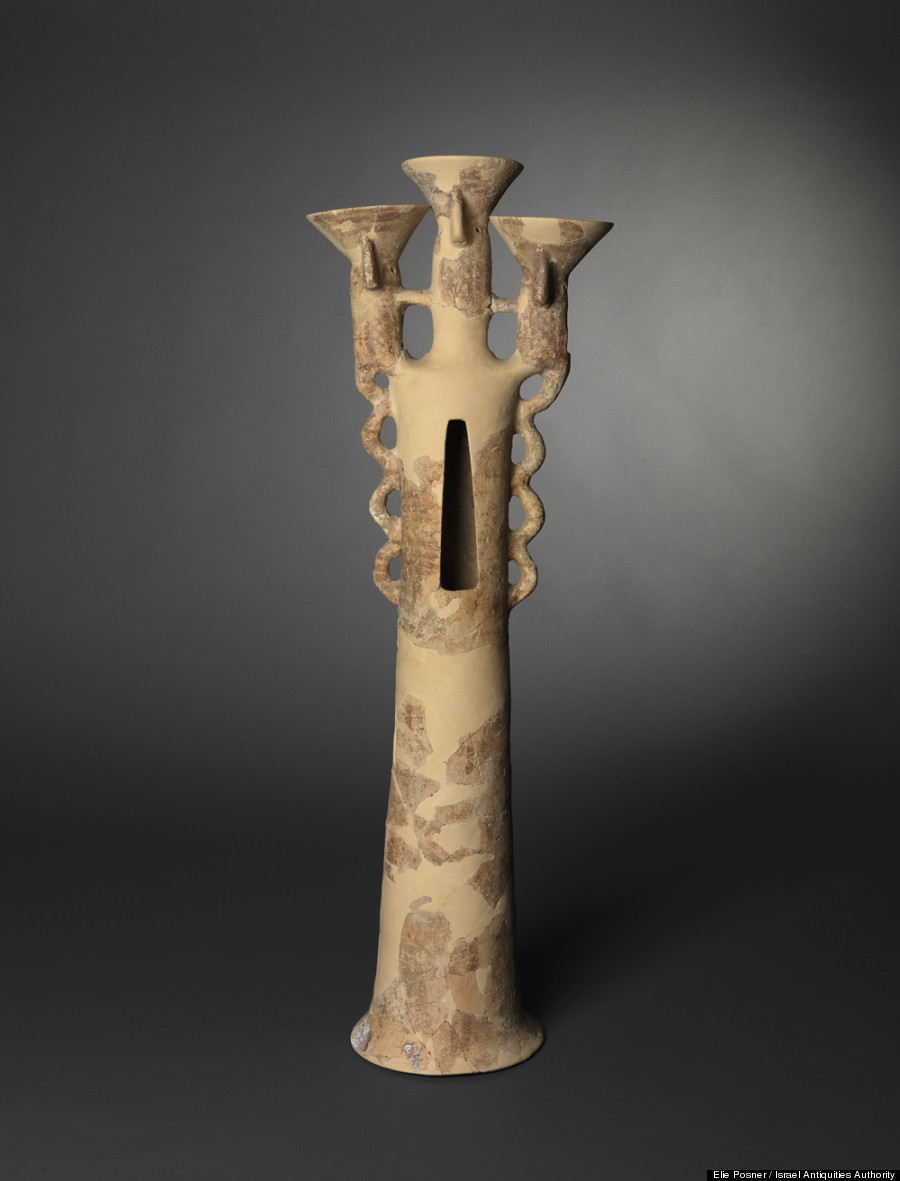
Fenestrated Stand with Three Bowls and Sculpted Motifs
Peqi’in, 4500–3600 BCE
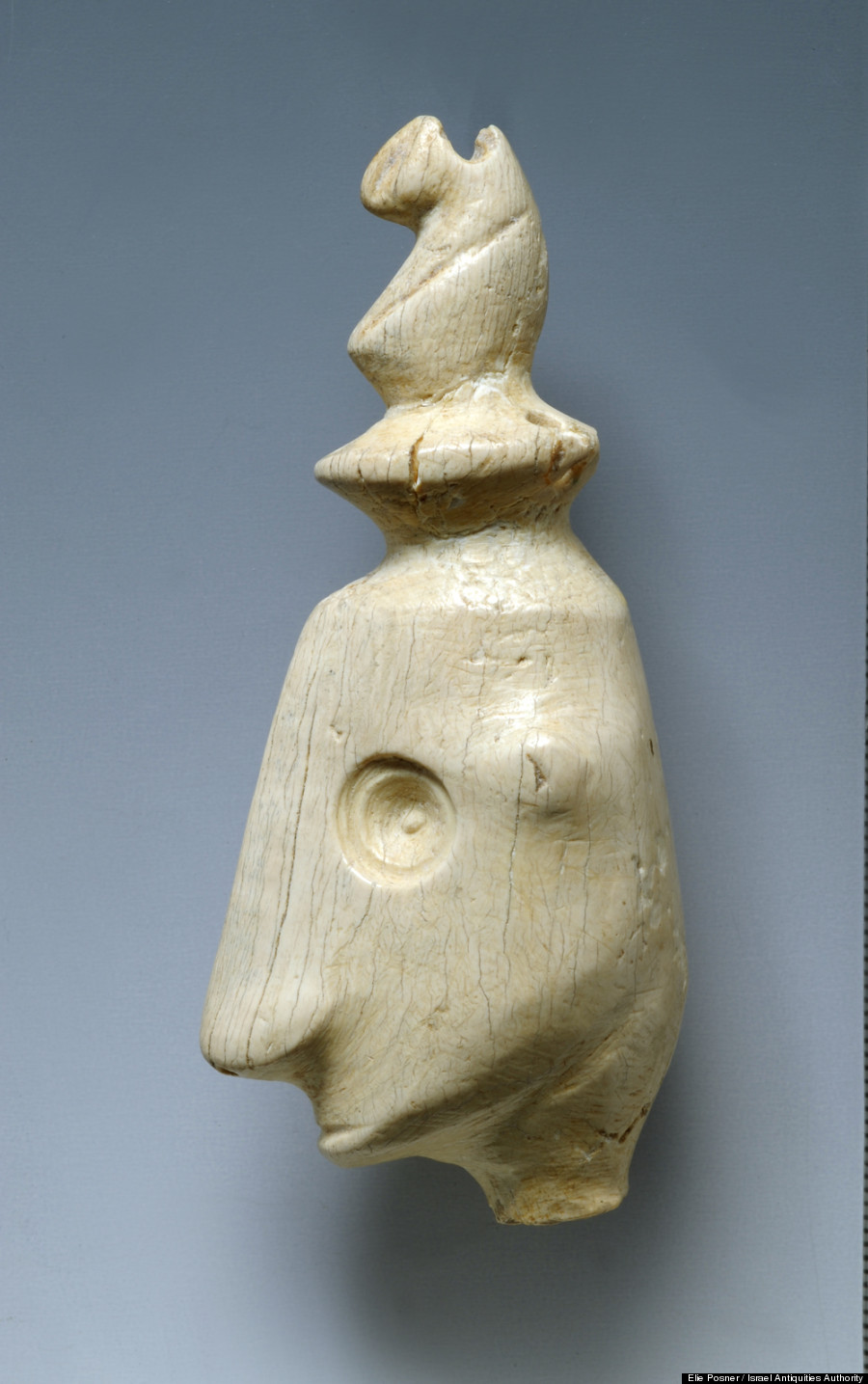
Head of a Figurine Wearing an Elaborate Headdress
Be’er Sheva (Bir Safadi), 4500–3600 BCE
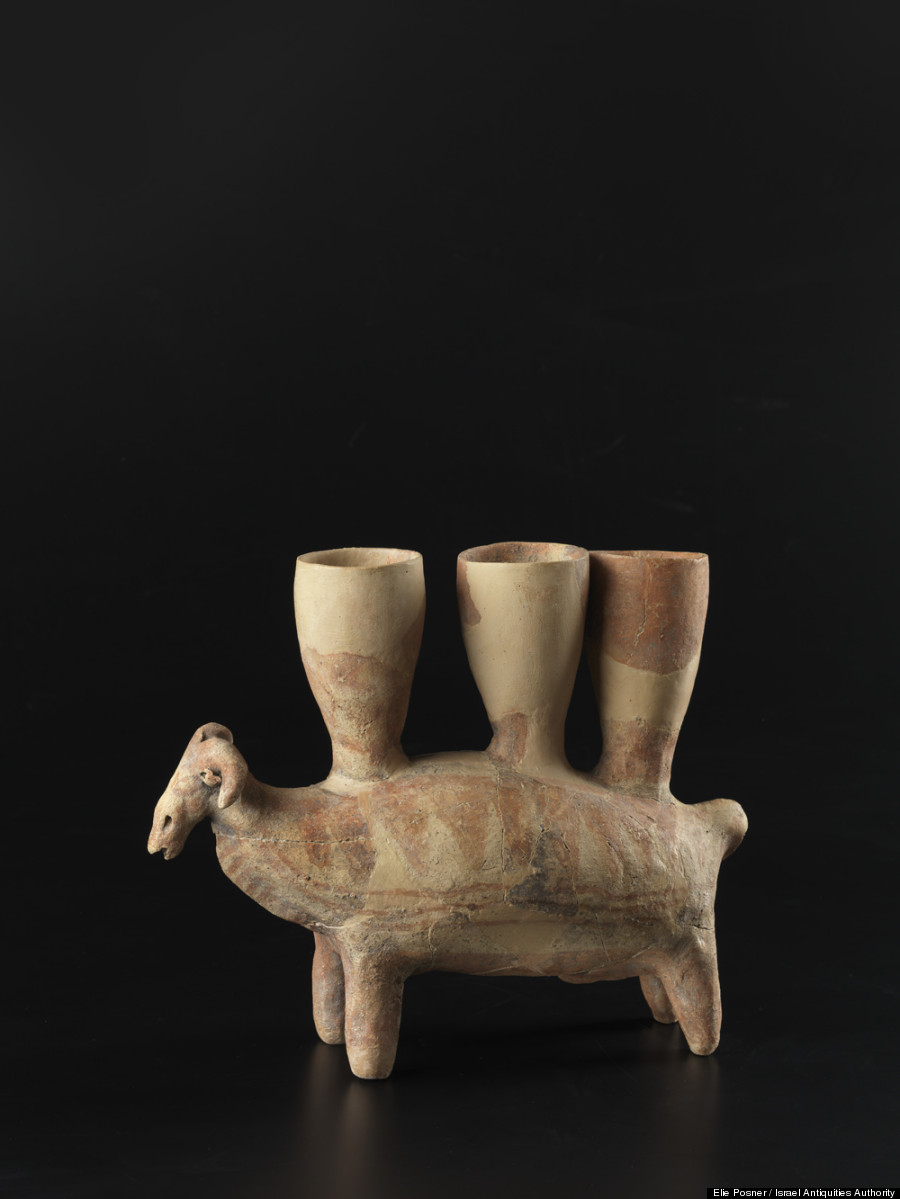
Libation Vessel in the Shape of a Ram Carrying Cornets
Gilat, 4500–3600 BCE
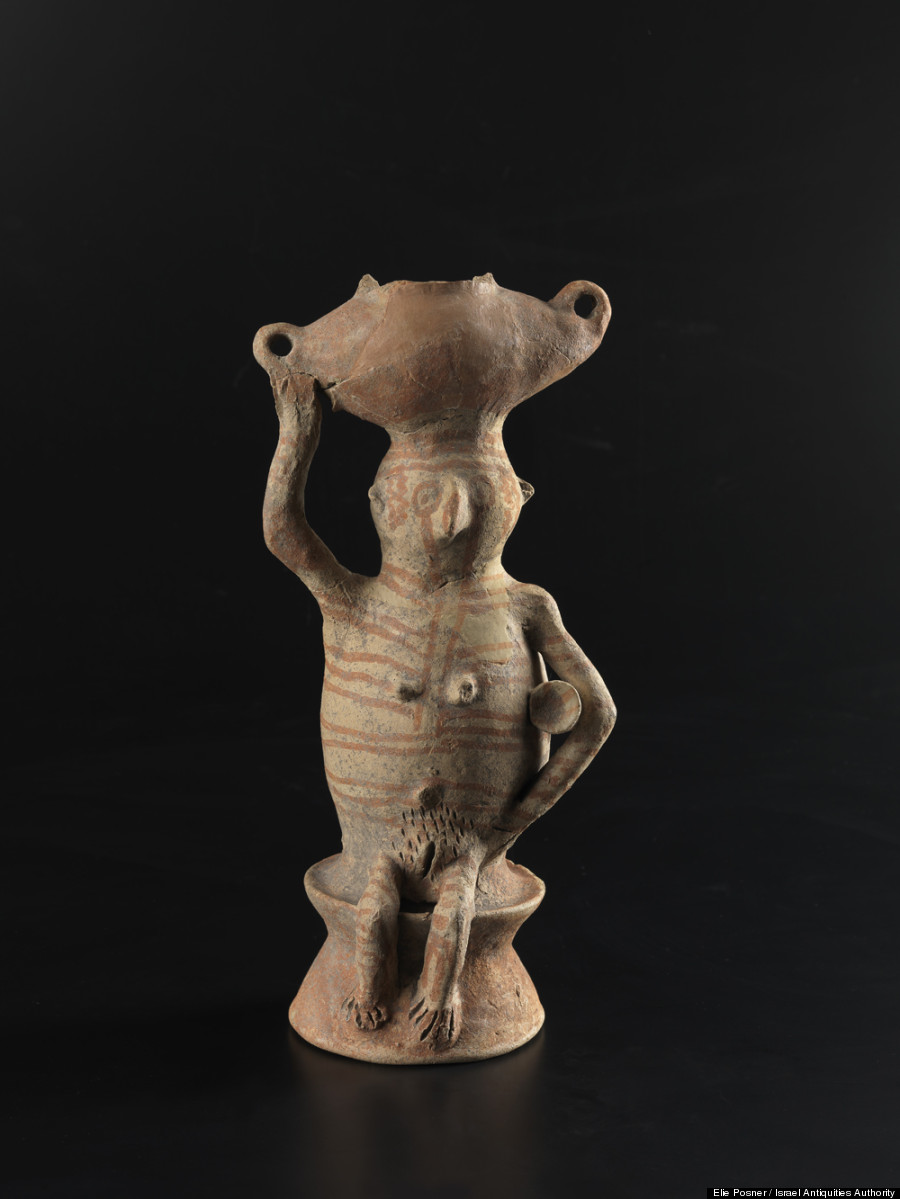
Libation Vessel in the Shape of a Woman Carrying a Churn
Gilat, 4500–3600 BCE
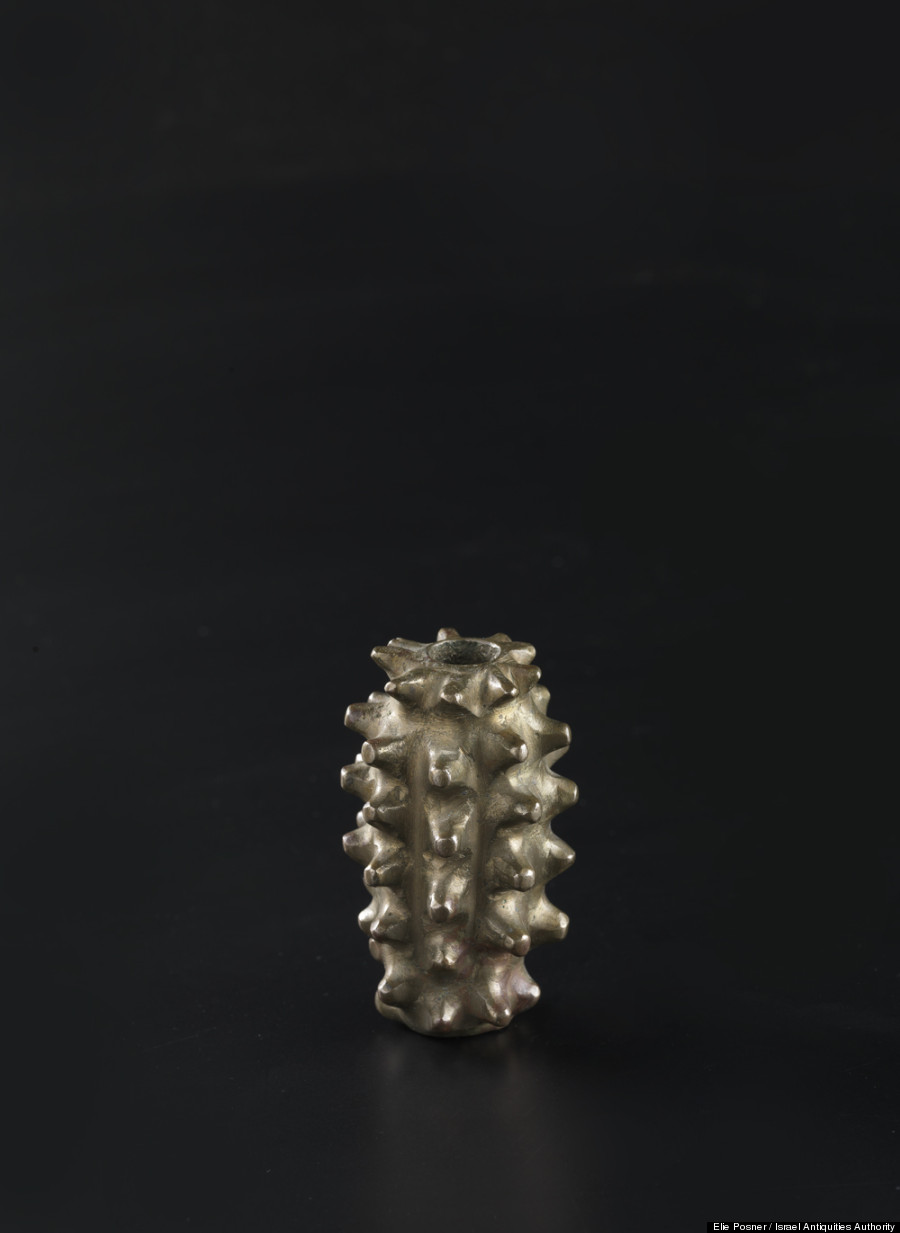
Mace Head with Vertical Rows of Protruding Knobs
Naḥal Mishmar, 4500–3600 BCE
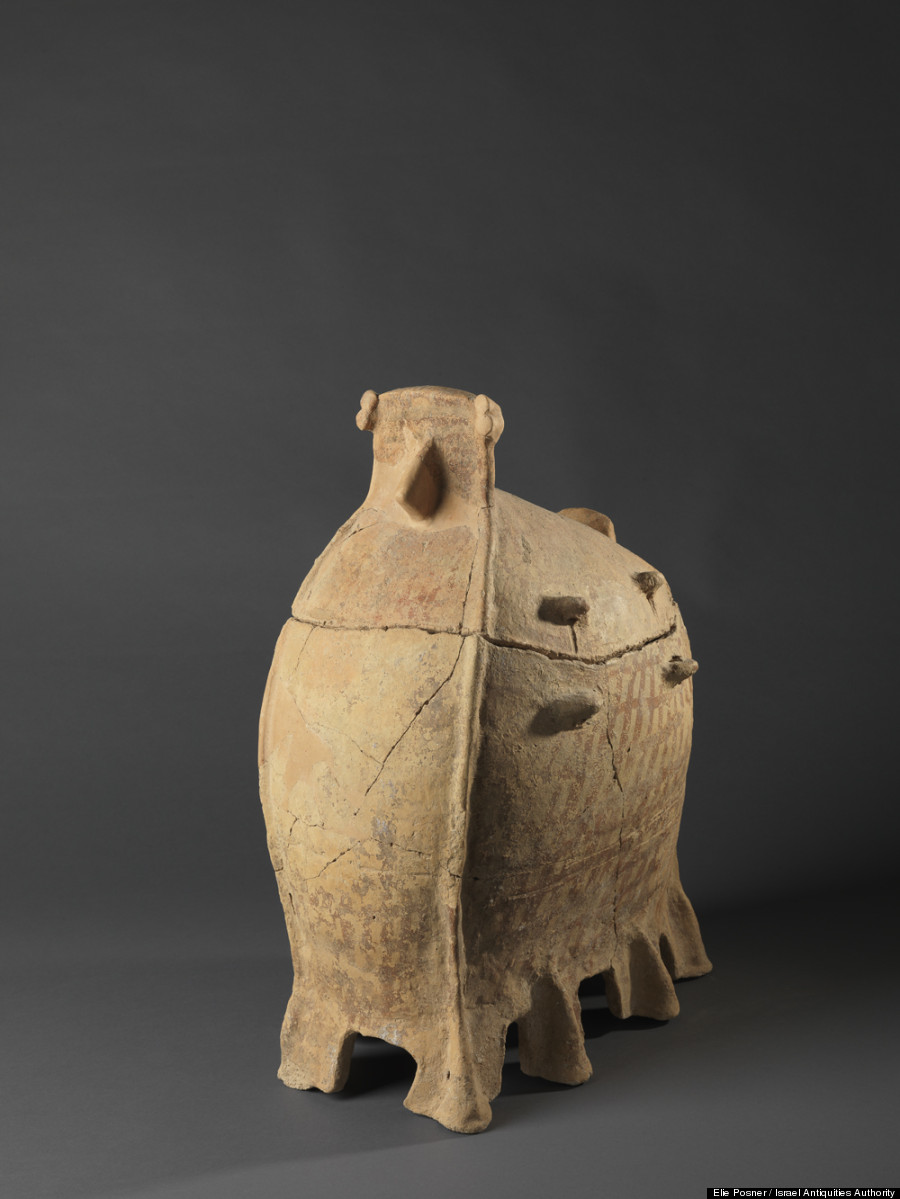
Ossuary with Painted and Sculpted Facial Features
Peqi’in, 4500–3600 BCE
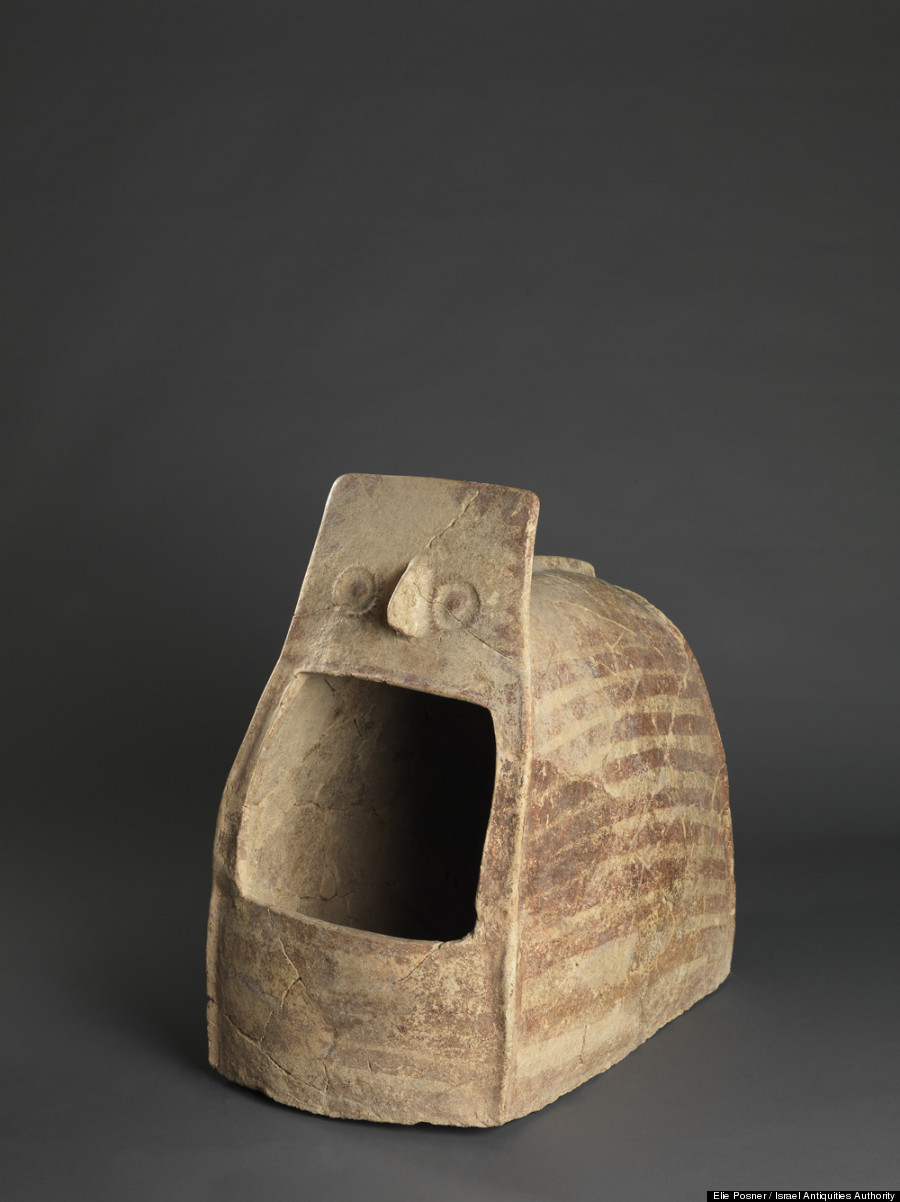
Painted Anthropomorphic Ossuary with Sculpted Nose, Stamped Eyes, and Gaping Mouth
Taiyiba, 4500–3600 BCE
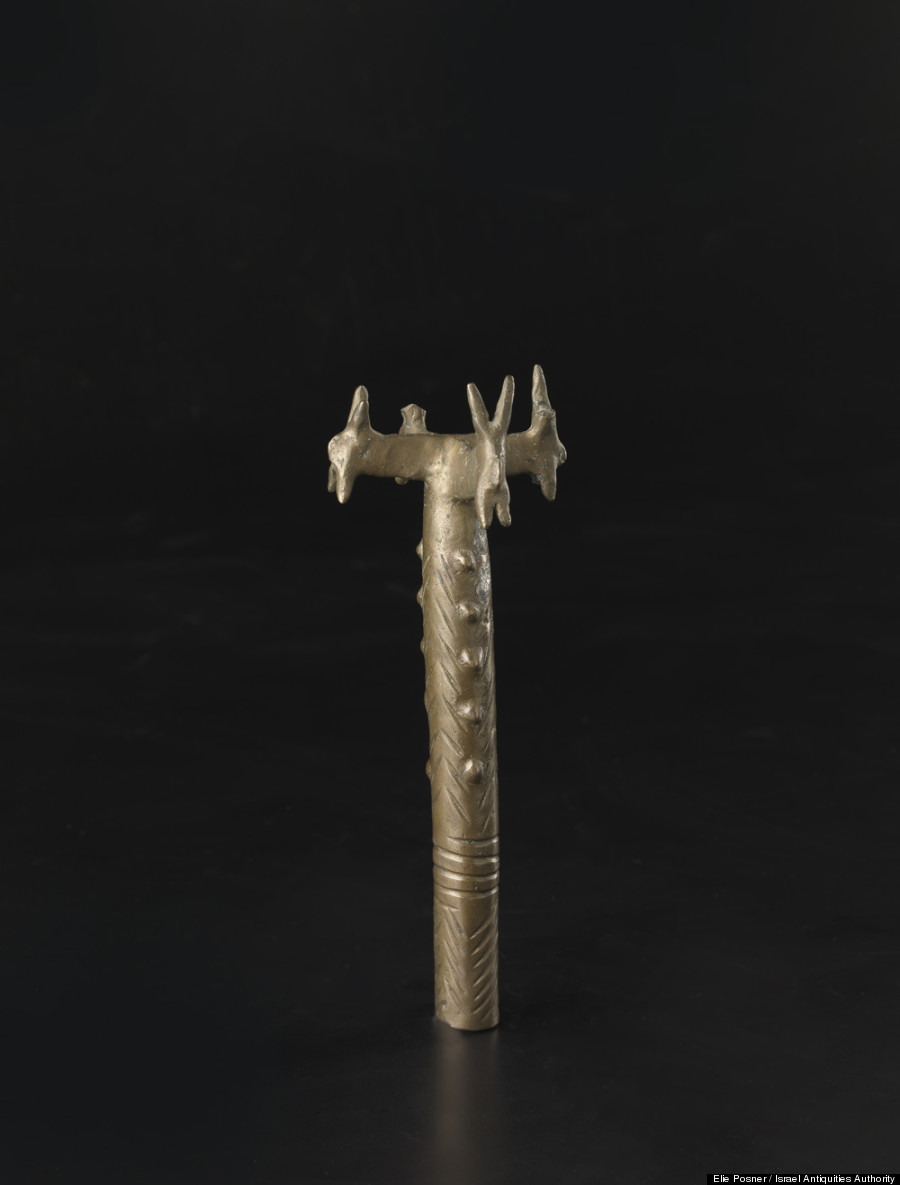
Scepter with Grooved Shaft and Four Horned Animal-Head Finials
Naḥal Mishmar, 4500–3600 BCE
The Institute for the Study of the Ancient World is located at 15 E. 84th Street, between 5th and Madison Avenues in New York City. Admission is free. Hours are Tuesday-Sunday 11am-6pm, Friday 11am-8pm, closed Monday. Free Guided Tours on Fridays at 6pm. 4, 5, 6, Subway to 86th Street and Lexington Ave. For inquiries, the public may call 212.992.7800, email isaw@nyu.edu or visit www.isaw.nyu.edu
